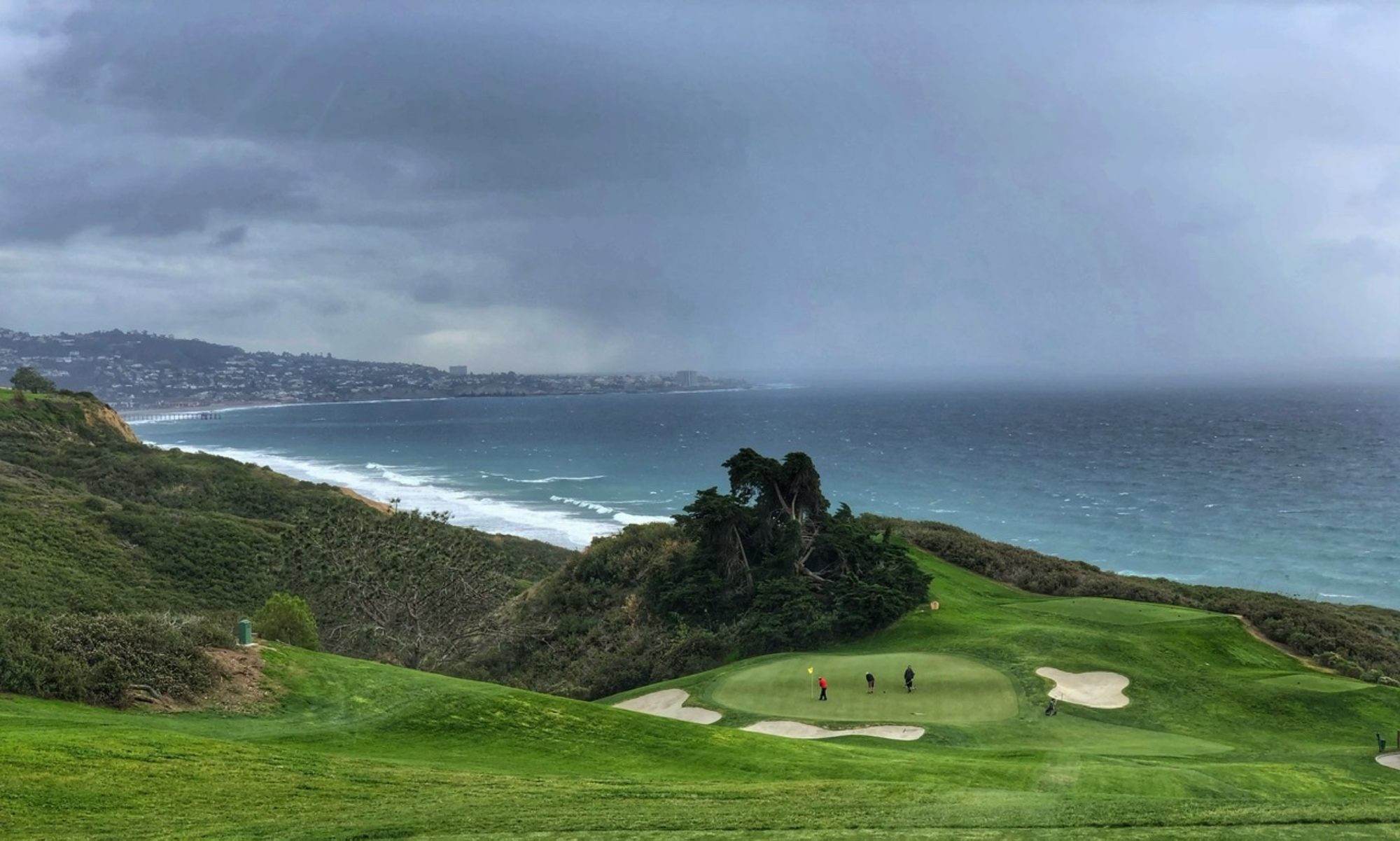As the key engaged the heavy deadbolt, a loud clank was emitted and the solid steel doors opened the locked ward of the LA County Psychiatric Hospital. That sound and the antiseptic smell of the unit still linger 35 years later, as I walked across the threshold, as a third year medical student, ensconced in my newly pressed white coat and brand new Washington Therapeutics manual. A large muscular man was leaning on a table brooding and muttering to himself. The psychiatry resident pointed to him and asked me to take a psychiatric history. “He took a bus from Illinois and was arrested on the 405 Freeway while attacking cars on the off ramp with a crowbar.” After eliciting some grunting responses and “God directed me” responses to my clinical questions, I abandoned my medical questioning. “Send him to my office and I’ll demonstrate how to perform a psychiatric history,” my instructor demanded. Summoning the patient into the small office, I sensed a catastrophe in the making. Turning over the psychiatrist’s desk and chairs and uttering a string of expletives in rapid fashion, he stormed out of the room. The resident paused for a minute and then observed, “That guy is dangerous. F**k the history. Double his haloperidol dose.”
This moment in my medical training recurs in my mind as I watched for the past 3 ½ years at the news correspondents’ quizzical looks as they tried to respond to Donald Trump’s ever increasing disjointed communication. While my patient in the county psych ward communicated with violent behavior, he nonetheless was unable to express a coherent on-topic conversation that mirrors reality like Donald Trump. As the evidence mounts of Trump’s psychopathology, supported by Ivy League and family embedded mental health specialists, the parallel becomes more realistic.
How can you account for the election and sustained authority of a man that has no appreciation for reality, no empathy and no problem solving ability? Three concepts are critical, in my opinion: 1) The firewall of falsehoods that support politics and insulate the economic, profit motive for governance; 2) the pseudo-reality of 7 decades of television watching; 3) the inability of rational people to respond to a psychotic dialogue.
The political firewall of falsehood is particularly thick in our early education. We learn that Thomas Jefferson, the author of the Declaration of Independence and the third president of the United States is a great American, however educators skim over his ownership of slaves. Andrew Jackson, our “people’s president” and victor over the British in New Orleans during the War of 1812, was also the architect of the forced removal and slaughter of the Cherokee from Georgia despite two Supreme Court rulings against its legality. Various wars fought in the name of preserving the American way of life were often a subterfuge for economic gain. The latter was particularly relevant for me during the Vietnam War, as my generation was drafted and conducted the war at the bequest of past presidents, including the corrupt Richard Nixon. The firewall called the war effort to “prevent the spread of communism” and contain China and Russia from world domination. These pseudo-facts were debunked by Southeast Asian historical scholars and disseminated in political science courses during my college years and validated by the subsequent arc of history. Profits and employment opportunities in the U.S. were the nested reasons for this conflict. Lobbyists dominate political decision making and mask the true reason for congressional and presidential decision making. When one does break the firewall of mendacity and falls on the other side, the lure of profiteering can steer you back to the wrong side. No wonder, during my one Vietnam era protest in Washington, I was warned by relatives that this could harm my future employment in Wall Street financial firms. It was hard to contest the Trump supporter’s claim that “all politicians lie.”
Television was the final coup de grace that catapulted Trump into the White House. The lack of critical thinking is pervasive in our society and television has obliterated the lines of news and entertainment. Early television could still cling to morality and group cooperation (think Father Knows Best and Gilligan’s Island). “Reality” shows that masquerade as truth created a fictional narrative that viewers accepted without reservation. Without The Apprentice, Donald wouldn’t have had the political on-ramp he enjoyed. While all who worked with Trump in the real world of construction and media declared him a fraud, he was on television and they must be mistaken.
In summary, rational people brought up on falsehoods, ensconced in Reality TV for a number of years combined with protective self-talk when confronted with uncomfortable behavior from elected leaders, begin to accept and adapt to irrational discourse and actions. Consequently, they excuse or ignore it.
So the narrative goes as follows: Yes, he tells lies, but don’t all politicians do the same (the firewall of falsehood) and he’s a competent businessman, it says so on television. The psychosis element is dismissed by either: 1) not dealing with it (think of how many people avoid the homeless); 2) he couldn’t be in his position with a diagnosis of mental illness.
Mental illness that erupts into violent and dangerous behavior is easy to discern and react to swiftly with isolating the perpetrator from society. That was easy to understand in my early days of training. Like the frog slowly boiled in hot water, we have as a society built a firewall from truth, televised abnormal behavior into entertainment and have been trained to look away and excuse or normalize statements of question or actions by leaders when confronted with uncomfortable behaviors. My Uncle Jack use to respond to all inexplicable government driven situations with, “It’s Fixed.” I think he is correct, but it is up to us to fix the fix.






